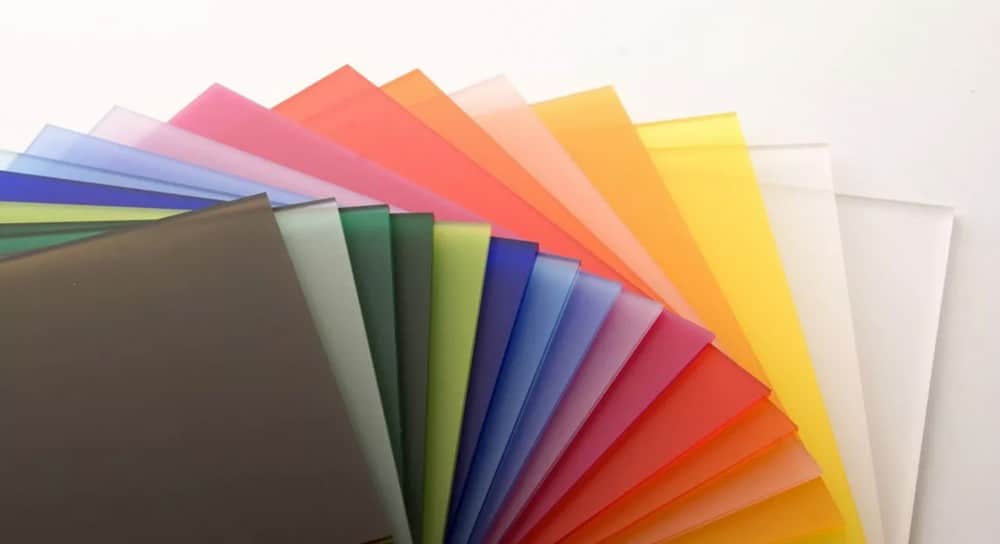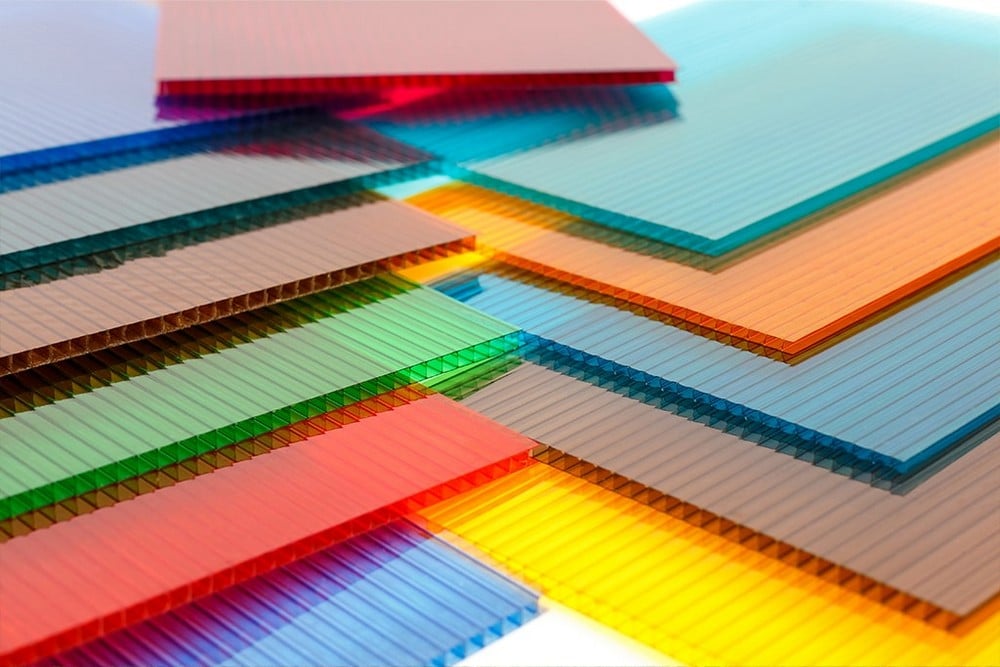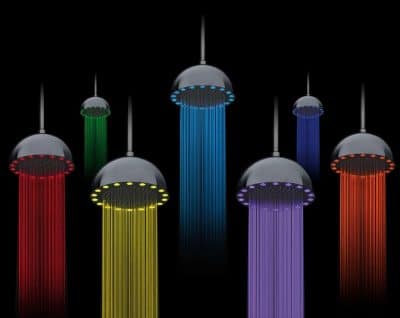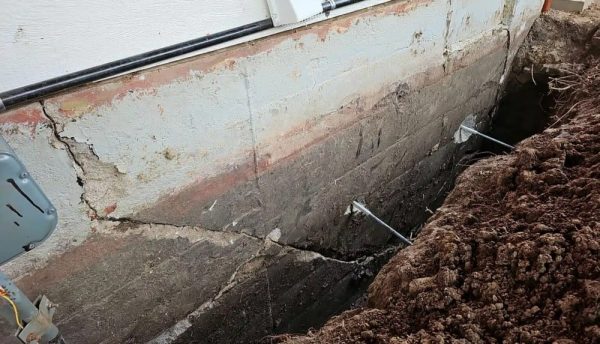
Plastics have revolutionised the way we live, with millions of products used in common consumer items and thousands more for commercial and industrial applications. This is a huge group of related materials that have largely supplanted traditional choices such as metals, glass, and wood in producing items that are low-cost, lightweight, versatile, and exceptionally strong. Products are easily shaped, production times are much lower, and properties can be tailored to suit specific needs.
Both natural and synthetic materials are used to make plastic. Individual molecules or monomers are combined and heated in a process called polymerization, to produce larger building blocks or polymers. These can then be modified or further combined, creating familiar household materials like nylon and PVC seen in items as diverse as credit cards, plumbing pipes, IV bags, fasteners, and car tyres.
Another reason plastic is so abundant is that it can be sourced in different shapes and sizes. Plastic in a consistent form with a thickness greater than 0.25 mm is categorised as sheet. This is opposed to the thinner plastic film seen in items like food packaging and shopping bags.
Basics of Plastic Sheet
Plastic sheet is generally made from thermoplastics. These are polymers that soften when heated, are shaped in different production processes, and then solidify when cooled. More common thermoplastics used in sheet manufacturing include acrylics, polycarbonate, ABS, PET, and polypropylene. Sheets are fabricated by moulding, extrusion, or casting, depending on the type of polymer chosen and the properties required in the end product.

-
Acrylic
Acrylic sheet has become a viable substitute for glass owing to its exceptional strength, impact and scratch resistance, extremely low weight, chemical and waterproofing properties, and the ease and low cost with which it is made. It’s naturally transparent but can be coloured or frosted if needed.
Acrylic plastic sheet is seen in shelving, retail store displays, windows, solar panels, patios, sunglasses, car lenses, helmet visors and so much more. In finished products, the material goes by different names, with Plexiglas and Perspex being the most common. Sheets in a multitude of thicknesses, colours and opacities are readily available from plastic sheet suppliers and can be machined, cut and worked in varying designs and sizes.

-
Polycarbonate
Sheeting in this material is a more durable alternative to acrylic, and up to 250 times stronger than regular glass. It is flame and heat-resistant, better handles exposure to chemicals, is UV-resistant (with added stabilisers) and can be drilled without cracking. It comes out as translucent (rather than transparent like acrylic) but can also be coloured and tinted.
Another bonus is the lower weight. All these properties make for a wide range of uses, from bullet-proof glass, roofs in decks and carports, greenhouse windows, street furniture, and casting moulds for product prototypes.
-
ABS, PET, PP and Other Sheet Types
Acrylic and polycarbonate sheets will cover most use cases, but other polymers also have something to prove. Sheets sourced in ABS (or Acrylonitrile Butadiene Styrene) plastic are very rigid, tough and naturally UV and scratch-resistant, making them ideal for fridges, vacuum cleaners, other home appliances, car interior parts, children’s toys, keyboards, and more. It is a substantially cheaper substitute for polycarbonate and is recyclable.
PET (Polyethylene Terephthalate) plastic sheets have high strength, rigidity, hardness, and high chemical and weather resistance, making them ideal for glass and glazing projects. The material is also recyclable. Common everyday items are bottles, food packaging, trays, etc., and derivatives like PETG, HDPE, and other engineering-grade plastics are seen in electronics and auto parts, such as solenoids, meters, and windscreen wipers.
PP or polypropylene, also exhibits great physical and mechanical properties and is additionally physiologically inert, so it is suitable for contact with food. Combined with the low moisture absorption and great chemical resistance, this makes PP sheeting ideal for products like food packaging, chopping boards, straws, containers, waterproof insulation, car dashboards, bumpers, electronics, and more. It is also cheaper than comparable plastics, such as ABS.
Other materials used in plastic sheet include Styrene Acrylonitrile (SAN), a cost-effective alternative to glass in places like offices, and PVC used in advertising (as it is easy to print on) and in areas like car and home insulation. As of late, sheet made of 100 percent recycled plastics has been adopted in construction, printing, furniture and other uses and are a sustainable and versatile choice that meets different needs.
Considerations When Sourcing Plastic Sheet
Individual hobbyists, DIYers, and businesses of any type and size can all benefit from using dedicated plastic sheet suppliers, considering how widespread the material has become. Choose a supplier that can meet all your needs in terms of quality, material selection, fabrication and finishing processes, quantity, and lead times. Not all plastic suppliers are the same, though, and there are a few things to look out for:
Materials and Fabrication Processes
Materials will obviously differ depending on your needs. Do you need a few pieces of polycarbonate sheet for your new carport, acrylic for your showroom windows, or polypropylene prototypes for engineered automotive parts? Everyone has different concerns when running a business, and products made from the right materials ensure quality, longevity, and precision. These need to be manufactured into the end product using the right fabrication processes, an area where most plastic suppliers diverge.
Plastic sheet is either moulded or extruded, but more complex designs and products are achieved with methods like thermoforming before being machined and cut to the desired size and shape. Look for plastic product suppliers that are straightforward in their advice in terms of material choice for the products you need and the processes they need to undergo.
Suppliers With the Right Equipment
If you’ve singled out a plastic sheet supplier either as a local business (thereby cutting transport costs or times) or one that has provided the lowest quotes, then follow up by checking the equipment they use. Machinery and technology used in plastics fabrication are evolving by the day and expanding the possibilities of available products.
Does the plastic provider have up-to-date equipment capable of churning out products for your business? Can that equipment be tailored for precision products made to the desired size and features? And with materials of your choice? How is that equipment maintained? These are just some of the questions you need answered before any orders are placed.
Scope, Quantity and Lead Times
A plastic supplier sourcing products from plastic sheets in multiple industries, for instance, construction, automotive, medical, or engineered products, is one that offers versatility, the know-how and trained staff to deliver a wider set of products. These will also be more likely to meet individual needs in custom projects.
Also, consider whether the supplier is able to provide consistent quantities and products delivered within time limits. And lastly, a nice touch is prompt, informative and detailed customer service that can answer all questions and queries.









